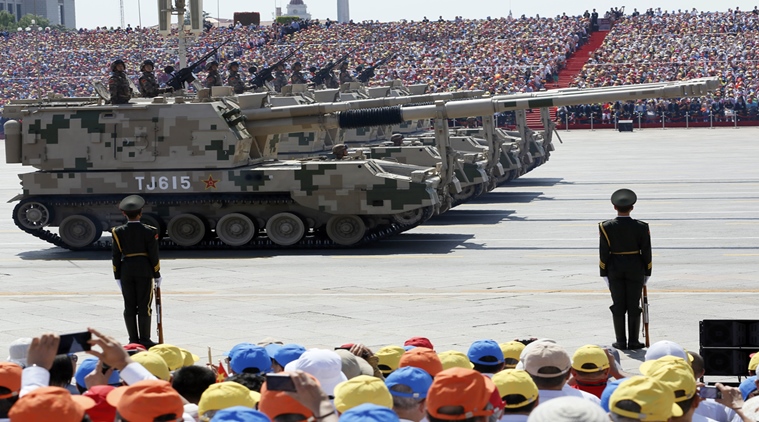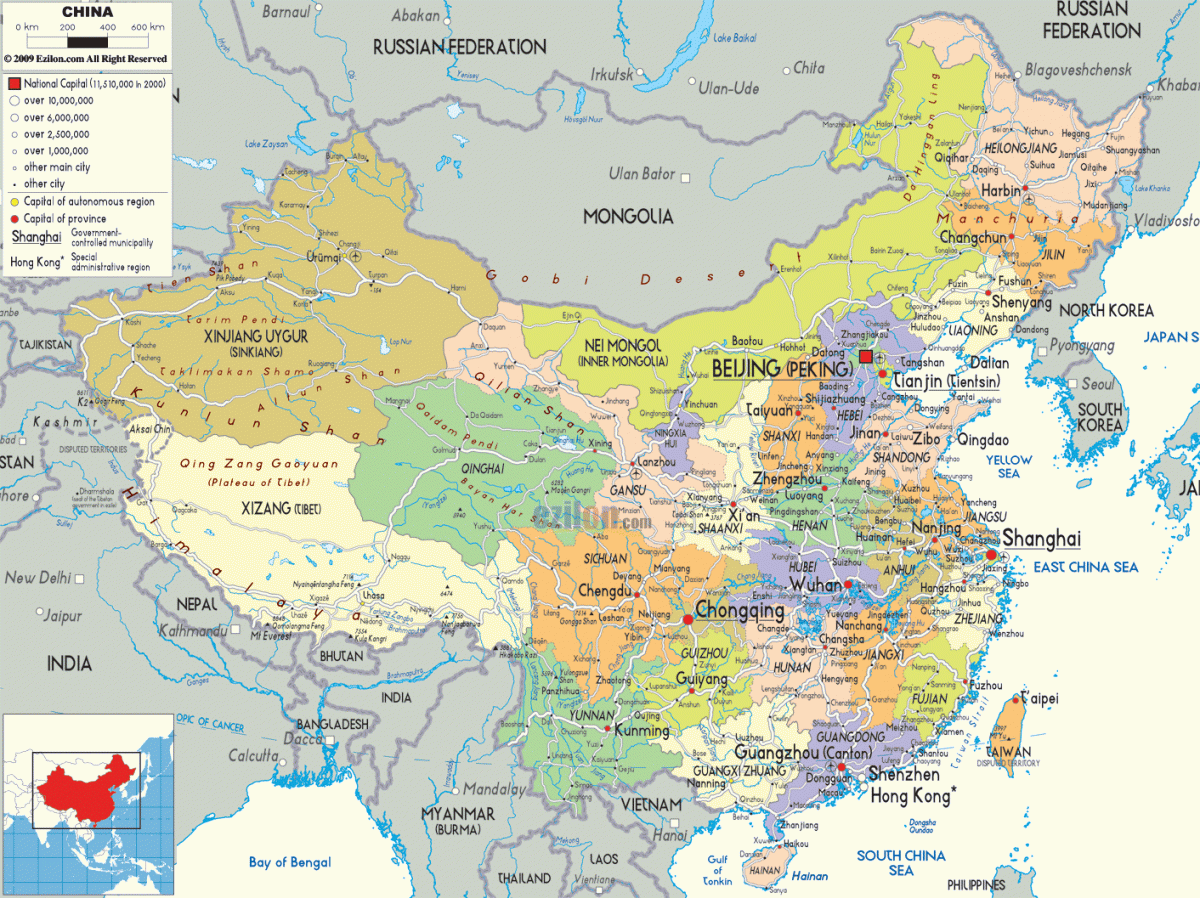China’s nuclear ambitions
March 1, 2018 | Expert Insights

China Shipbuilding Industry Corporation (CSIC) has revealed that China could possibly have a nuclear-powered aircraft carrier in the water by 2025. CSIC is the country’s largest naval vessel manufacturer.
Background
The Chinese People's Liberation Army (PLA) consists of five professional service branches: the Ground Force, Navy, Air Force, Rocket Force, and the Strategic Support Force. It is the world's largest military force, with a strength of approximately 2,285,000 personnel, 0.18% of the country's population. It is the fastest growing and modernizing military power in the world.
In recent months reports have emerged of China using pioneering technology to develop powerful arsenal. It is reportedly planning on making use of robots and robotics in an effort to increase its bomb and shell production capacity by threefold. It is also updating its old outdated computer systems aboard nuclear submarines, with artificial intelligence. Reports have also emerged that China is quite possibly testing a hypersonic “rail gun”, the world’s first ship-mounted rail gun. The rail gun is capable of shooting down a satellite and is powerful enough to take down a warship. In 2018, China’s Chengdu J-20, a fifth-generation stealth fighter jet, has officially entered combat service. The jet is part of the nation’s commitment to modernize its military operations.
The Chinese state media in 2018 published a report noting that the country will be upgrading its Western Theater Command, in order to confront any threat from India. This comes less than a year after India and China ended a military stand-off in the region of Doklam.

China’s nuclear programme
China’s first nuclear weapons test was in 1964, these tests continued until the mid-90s. Since then, the nation has regulated its Nuclear Weapons policy. A defence white paper published in 2011 mentions the maintenance of a “minimum deterrent” and a no-first-use pledge. The criteria of this “minimum deterrent” is not, however, specified. As of 2017, the Arms Control Association has estimated that the United States and Russia have approximately 7000 warheads each. China is 4th in the world with 270, followed by Pakistan and India with 140 and 130 respectively.
Analysis
By 2025, China will possibly have a nuclear-powered aircraft carrier in the water. The nation’s ambitions were revealed by China Shipbuilding Industry Corporation (CSIC), the country’s main supplier of warships.
In an article published in Global Times (state-backed newspaper), CSIC outlined its ambitions for China. “We must … provide high-quality weapons and equipment for the navy’s strategic transformation towards a blue-water force in 2025,” CSIC said. “China’s security environment is undergoing deep changes, and maritime security threats are on the rise.”
The company is also reported to have noted, “We must...speed up key breakthroughs such as the realization of nuclear-powered aircraft carriers, new-style nuclear submarines, quiet submarines, and unmanned intelligent underwater defense systems.”
During the latest national Party Congress, Chinese leader Xi Jinping spoke about his vision for China. He specifically highlighted the importance on further developing the region’s military might. However, Jinping has envisioned the country to also boast the most technologically advanced military as well. He said it would promote national defense and military modernization, including “a modern army, navy, air force, rocket army, and strategic support force, and a strong and efficient command agency for joint operations.”
According to Beijing-based naval specialist Li Jie that even though there are some specific obstacles China should have a functional nuclear carrier by 2025. “The engineers have got experience with nuclear engines on submarines, but plenty of work still needs to be done to apply that to big vessels,” Li said. “France has shown that it’s not simply a matter of installing more reactors. It has to be redesigned and China has to overcome all the difficulties on its own.”
Assessment
Our assessment is that China is investing in weapons to establish its dominance not only in Asia but in the world. The nation has ambitiously charted various avenues to increase its global influence. This could be a concern for India that has often clashed with China over disputed borders that it shares with the nation. A modernized and a highly developed Chinese military power will pose a considerable threat to India’s security.








Comments